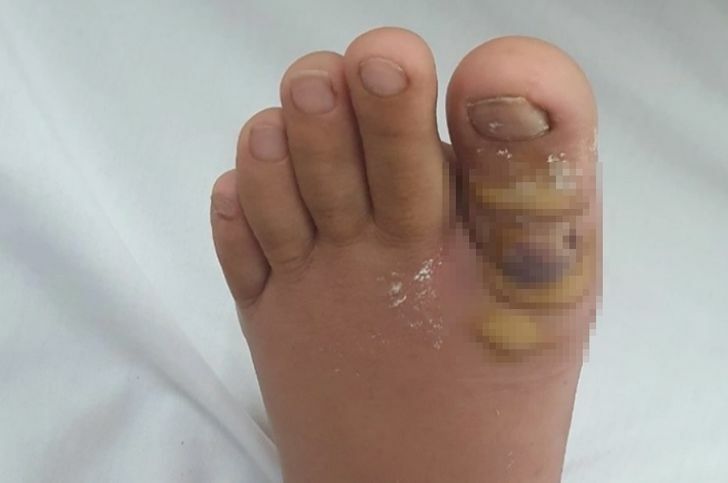Unusual case: Foot hair removal turns septic, lands Vietnamese woman in hospital

A 19 year old Vietnamese woman faced a distressing ordeal when an attempt to pluck out foot hair resulted in a severe infection. Hospitalised for nearly two weeks, she endured a high fever and inflammation, with her left foot turning red and her toes festering.
Dr Le Van Thieu from the National Hospital for Tropical Diseases in Hanoi provided insight into why the Vietnamese woman’s seemingly innocuous act of hair removal led to such a major complication.
Dr Thieu’s team encountered an uncommon infection case involving a Vietnamese teenager residing in Hanoi. Suffering from a high fever of over 39 degrees Celsius, she presented with a red and inflamed left foot, along with festering toes. Through careful questioning, it was revealed that the malaise had started shortly after the Vietnamese woman attempted to pluck hairs from her toes, leading to rapid inflammation and swelling. Her deteriorating condition necessitated immediate hospital admission.
The doctor explained that hair removal can inadvertently damage the body’s natural defences, creating openings for bacteria, particularly Staphylococcus Aureus, to invade. This type of bacteria resides on the skin and is known to cause infections in humans, as reported by Sanook. In this instance, it triggered cellulitis, an inflammation of the tissue cells in the entire left foot of the Vietnamese woman. She was promptly administered antibacterial treatment upon hospitalisation, but her shocking ordeal is expected to last for one to two weeks.
Staphylococcus Aureus is typically transmitted through droplets from coughs and sneezes or contact with personal items of an infected individual. Once on the skin, the bacteria can enter the body through even minor open wounds. In this unfortunate case, the act of hair removal caused skin injuries, providing an entry point for the bacteria to invade and cause tissue inflammation.
Health authorities in Nakhon Ratchasima recently issued a warning about melioidosis, also known as “soil fever.” This infectious disease, predominantly found in soil, paddy fields, farmlands, vegetable plots, rubber plantations, and ponds, can pose serious health risks. It serves as a reminder of the potential dangers lurking in our environment. To read more click HERE
Latest Thailand News
Follow The Thaiger on Google News:


























